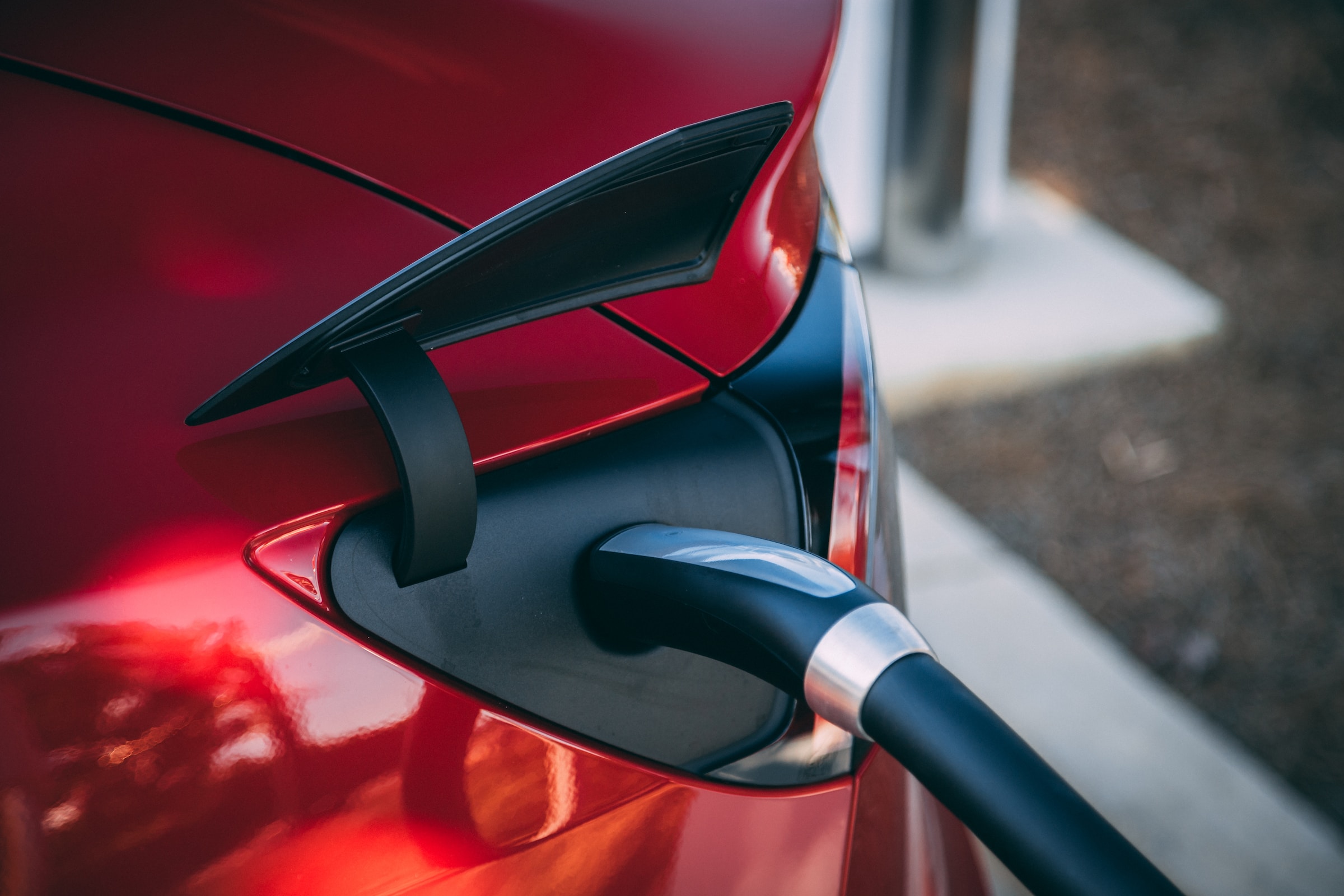by Nir Elron
When talking about the ongoing connected services revolution in the automotive industry, we usually think of vehicles. But there is a big part of it that technically is not relevant to the automobile itself.
On the other side of any service used by connected cars there are lots of technologies and solutions that form a necessary infrastructure. Initially built by government and municipal bodies, this infrastructure served the purpose of collecting information on traffic and assessing road deterioration to help departments of transportation (DOTs) in planning and scheduling. Eventually, with the addition of cameras and other sensors gathering loads of data, it became obvious that its capabilities were greater than that, allowing for smarter traffic management, helping drivers and improving safety. Now it has turned into a goldmine, creating new revenue streams and endless opportunities for different market players from automotive OEMs to hardware manufacturers and developers of AI-powered roadway intelligence systems.
No matter what type of data a certain system within the smart road infrastructure may be dealing with, many of its elements either rely on cellular connectivity or need it as a backup. These connected roadside units are used across a great variety of scenarios and are changing all aspects of driving.
Mobile Networks in Traffic Management
One of the main tasks of connected road infrastructure is to provide the connected cars with information on routing and traffic. It can inform the driver about detours or roadworks and help avoid congestion, dangerous or under-construction areas. Intelligent traffic solutions can also help monitor and control traffic, such as reducing congestion by detecting traffic patterns and adjusting traffic signal timing to manage traffic flow.
Cellular connectivity is widely used in traffic management. A good example showing the reason for it and the variety of connected devices is the Indiana Department of Transportation (INDOT).
INDOT installs cellular routers to connect traffic signals, dynamic message signs, traffic cameras, remote weather systems and weigh-in-motion stations that measure truck weights. It is also going to roll out radar detectors for vehicle counts, speeds and classifications. The department has 250 miles of existing active fiber network, but it doesn’t reach rural locations, so cellular devices are the only option for them. Besides, even some roadside units’ platforms that use fiber connection may come with SIM slots to ensure redundancy.
Enhancing Safety with Cellular Connectivity
Cellular connectivity helps make roads safer – both for the drivers and passengers in their cars and pedestrians and cyclists on the streets. There are eCall and bCall options in connected cars that are offered through cellular connectivity and can be activated in case of emergency or a breakdown, and a wide range of other safety features that depend on mobile networks, such as in-vehicle speed advisory, curve-speed warning, red-light violation warning or right turn assistance.
Perhaps the most direct application of mobile networks to improve safety is communication between vehicles and vulnerable road users like pedestrians and cyclists. If an oncoming driver is unaware of a pedestrian crossing the road or a cyclist around the corner, cellular networks can be used to make them visible to the driver, using an application on their smartphones.
A project in Finland shows how cellular connectivity improves road safety in harsh weather conditions. Detailed and specific data on local area weather can be gathered from road weather stations and vehicles, processed and then delivered to drivers in real-time. Even when the vehicle is outside the range of any road weather station, 3G cellular data ensures that the most critical information related to weather and traffic is always up to date.
This data can also be used to alert road maintenance providers to a range of issues requiring their attention, such as snow build-up on the roads, snowy traffic signs or potholes. It can significantly improve the current approach, in which road maintenance contractors are responsible for collecting this information themselves and must inspect roads visually.
There can also be a number of other implementations of mobile networks that include various types of roadside units with cameras, thermal cameras, sensors and other devices that collect and transmit data. All safety systems relying on this equipment are therefore heavily dependent on cellular connectivity that provides real-time data exchange and ensures prompt reaction to any potential threat. And as with traffic management, in many cases there may be no other options to get necessary data from infrastructure units along the road except for mobile networks.
Connected Parking Solutions
Cellular connectivity is useful in any smart parking usage scenario, from informing drivers of available parking slots to fully automatic placement of the vehicle in the parking space.
Good coverage and reliable connectivity are essential for various types of sensors, controllers and cameras that need to send data, as well as for payment and maintenance purposes. Oftentimes smart parking systems include number plates recognition and other solutions that require stable and secure two-way communications. While fixed lines installation may be problematic and costly, cellular connectivity allows quick deployments literally anywhere without additional permits and paperwork.
Connectivity usage depends on the system architecture and configuration. For example, the smart parking system operated by Westminster Council in London uses infrared sensors installed in the parking spots to detect vehicles. The information from the sensors goes to zone controllers and is then transmitted in real time to the central server over cellular network.
Parking services require fast and reliable connection that can guarantee a high uptime level, even in underground and limited coverage areas. Cellular connectivity is the best option, since it allows switching to other networks if connection is lost and ensures simple installation and management.

Powering EV Charging Infrastructure with Cellular
The growing network of EV charging stations can probably benefit from cellular connectivity the most, as the need for charging points increases and providers look to scale their networks. Apart from solving the “range anxiety” problem and making EV drivers’ life easier by informing them whether they have enough range left or how long will they have to wait until the battery is charged, cellular connectivity can help charging points providers improve deployment, operations and service provisioning.
Charging stations that use SIM cards can connect to public cellular networks for real-time data transfer and asset management. It helps optimize operations, including the processes of user authorization, payment, and smart energy management. Connectivity for electric vehicle infrastructure is also key for utilizing current data analytics to optimize charger performance. Providers can monitor and control key charger operations, scale their network, and increase overall user satisfaction.
Their maintenance can be improved with cellular connectivity as well. Monitoring and maintenance of charging points, some of which may be deployed at remote locations, is demanding in terms of time and expenses if it requires regular technician’s visits and inspections.
Last but not least, there are off-grid charging stations that need connectivity wherever they are located, and since they’re off-grid chances are there is no fixed communications line they can be connected to.
There are also other applications of cellular-connected roadside units, such as electronic toll collection systems, or more specific use cases, like The North Dakota Parks and Recreation Department automating visitor counts.
Cellular connectivity is a cornerstone of smart infrastructure and a major driver behind the whole connected services development. However, when using it to connect smart infrastructure units, enterprises need to keep in mind several requirements that may be of utmost importance for their deployments.
Connectivity Requirements for Smart Road Infrastructure
Latency
While not being that important in some of the usage scenarios, such as asset maintenance, latency is critical in any system that provides safety or traffic management services. Moreover, in the case of safety-related systems it needs to be at the lowest level possible for them to be effective. In fact, almost any solution that involves real-time data transfer is critically dependent on latency: a perfect example is the time sensitive ANPR system used at any underground parking lot. It also may affect users’ experience and their satisfaction with the quality of service.
Coverage
Stable connectivity is crucial for all smart road infrastructure. Since cellular connectivity is the only viable option for deployments in rural locations and areas with no fixed lines of communications, coverage is one of the major concerns. Though there are cellular networks almost everywhere, each of them inevitably has its weak spots. These must be taken into consideration when enterprises deploy roadside units or charging stations.
Regulatory Compliance
With all technical aspects taken care of, enterprises may still have problems when deploying smart infrastructure solutions, especially with cross-border deployments. In many countries legislation stipulates certain restrictions on connectivity and data transfer, and it is important to comply with local data sovereignty and data protection regulations.

Webbing’s connectivity solution for smart road infrastructure
Webbing offers a connectivity solution that ensures global access to reliable and high-quality internet, with low latency and the best of class coverage. It provides secure and continuous internet connection, delivering a streamlined, centralized, and scalable means of deploying, controlling and monitoring smart infrastructure solutions.
Webbing’s partner network of over 600 mobile operators worldwide guarantees global coverage. It allows IoT devices to roam on several carriers’ network in every region, solving the problem of weak spots that any mobile network may have and ensuring full coverage and continuous connectivity for all infrastructure units, even at remote locations.
Webbing is a global full MVNO, and its distributed core network with local breakouts, multiple network solution, and data server redundancy can provide connectivity stability and low latency. As such, Webbing’s network is well suited to support mission-critical, high-data consumption type of use cases. It also allows for all types of localization – from IP traffic that remains in the country to designated profiles for emergency calls, so it’s easy to comply with local and regional connectivity regulation requirements. Webbing can also seamlessly localize deployments utilizing Remote SIM Provisioning even in heavily regulated markets, being the only provider with that capability in some countries, such as Turkey.
Our solutions help enterprises overcome their connectivity problems and reduce time to market for global deployments, providing the benefits of roaming with multiple carrier options in every country, and seamless transition between carriers, while maintaining low rates and low latency on a global scale with a single SIM.
Reach out today to learn more about Webbing’s customized solutions for smart road infrastructure devices.




